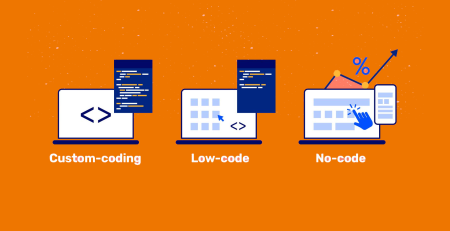Using Design Patterns With OOP To Improve Code Structure
Developers have been looking for ways to enhance the quality and maintainability of their code as software development progresses. OOP (object-oriented programming) and design patterns are two effective methods for achieving this objective.
In the OOP programming paradigm, real-world entities and their interactions are represented by objects. It offers a modular approach to programming that makes it easier to reuse code, make code more readable, and maintain and adapt code over time.
On the other side, design patterns are reusable fixes for typical issues in software design. They offer developers a model for resolving particular design problems in their own code. Developers can produce more dependable and adaptable software that is also simpler to modify and maintain by adopting design patterns.
OOP design patterns can significantly enhance code structure. Following are some examples of how design patterns can be combined with OOP to enhance the quality of the code:
- Encapsulation: Design patterns can be used to encapsulate functionality within objects, reducing the complexity of the overall system. This makes it easier to modify and maintain code, as changes to one object do not affect the rest of the system.
- Abstraction: Design patterns can be used to abstract complex functionality into simpler components. This makes it easier to understand and modify code, as developers can focus on the high-level functionality of the system rather than the low-level implementation details.
- Inheritance: Inheritance is a fundamental concept in OOP, and design patterns can be used to extend inheritance relationships between classes. This allows developers to reuse existing code and create more flexible and adaptable systems.
- Composition: Design patterns can be used to compose objects in different ways to achieve complex functionality. This makes it easier to create modular systems that can be modified and extended over time.
- Testing: Design patterns can be used to create testable code, making it easier to ensure that the system works as expected. By encapsulating functionality within objects and abstracting complex functionality into simpler components, developers can more easily test each component of the system in isolation.
Conclusion
Using design patterns with OOP can greatly improve code structure and maintainability. By encapsulating functionality within objects, abstracting complex functionality into simpler components, extending inheritance relationships, composing objects in different ways, and creating testable code, developers can create more robust and flexible software that is easier to modify and maintain over time.













Leave a Reply